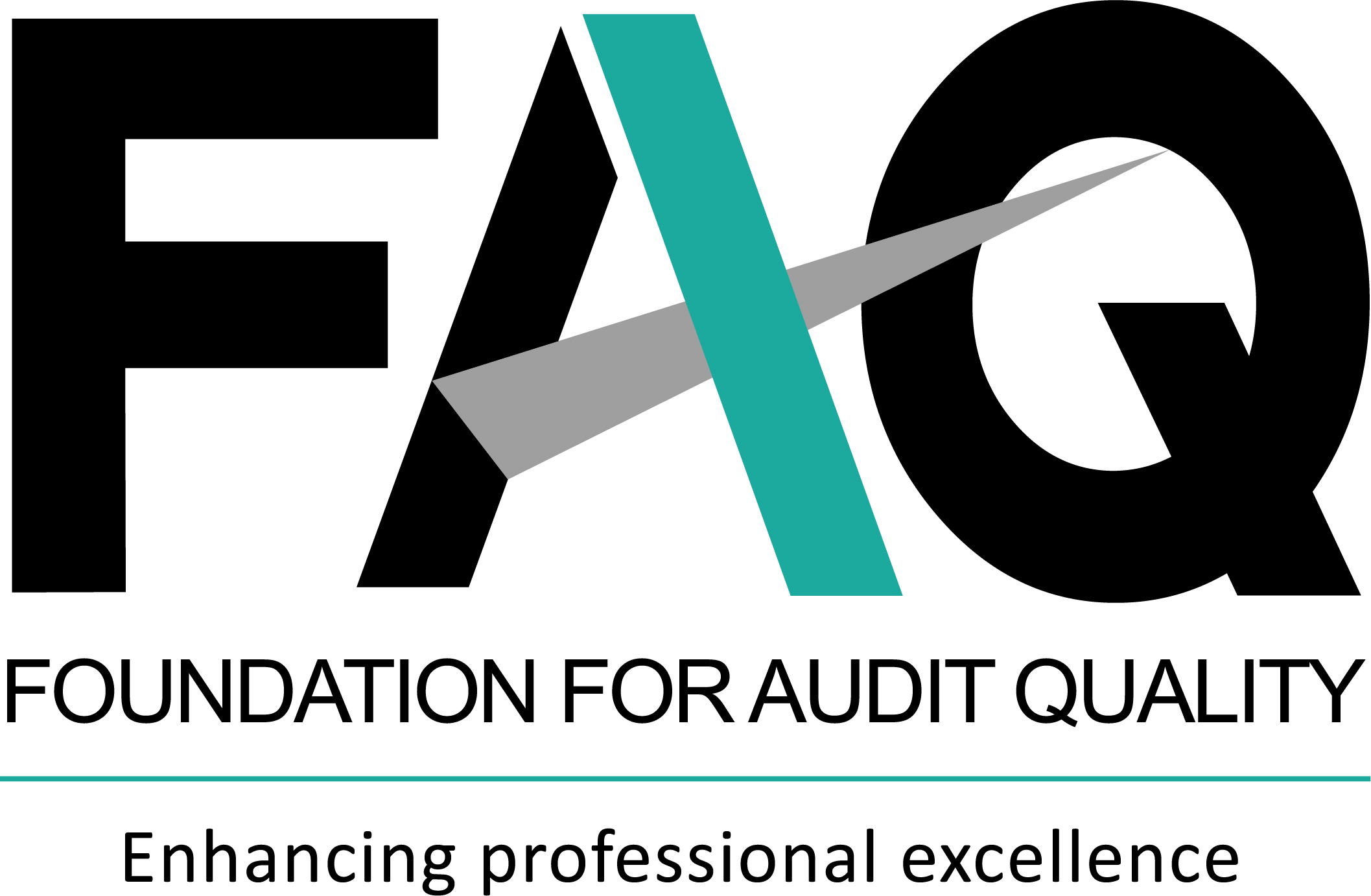Auditing updates
Updates from ICAI
In July 2020, ICAI had issued the Guidance Note on the Companies (Auditor’s Report) Order, 2020 (CARO 2020) (guidance note) to provide detailed guidance to auditors on the reporting requirements of CARO 2020
Subsequently, certain amendments were made to the Schedule III to the Companies Act, 2013 (Schedule III). Therefore, with the objective of aligning the CARO 2020 with the additional disclosures introduced by the Schedule III, in June 2022, ICAI issued an Exposure Draft of the Guidance Note on CARO 2020. Based on the feedback received from various stakeholders, on 14 July 2022, ICAI released the Guidance Note on CARO 2020 (revised guidance note). Following are some of the key changes introduced:
a. Applicability:- For evaluating applicability of the CARO 2020 for companies following IGAAP, total income should be considered as a criterion instead of total revenue. Therefore, this requirement is aligned for entities complying with both, Accounting Standards and Ind AS
- For evaluating applicability of CARO 2020 to NBFC companies, definition of Reserves and Surplus has been amended. The revised definition of Reserves and Surplus7 for entities following Division III of Schedule III is now aligned with the definition of Reserves and Surplus for entities following Division II of the Schedule III.
- b. Clause 3(iii)(c) – Regularity of repayment of principal and interests for loans granted: This clause requires an auditor to report in respect of loans and advances in the nature of loans, with respect to the schedule of repayment of principal and interest and on regularity of such repayment. The revised guidance note has modified the reporting format and added an additional column for ‘actual date of payment’. The said format is applicable for all the companies, whether or not their principal business is to give loans. The revised reporting format is given below:
| Name of the Entity | Amount | Due date | Date of payment [NEW COLUMN] |
Extent of delay | Remarks, if any |
|---|---|---|---|---|---|
c. Clause 3(iii)(e) – Evergreening of loans/advance in the nature of loans granted: The revised guidance note has amended the reporting format by adding an additional column for gross amount of loans/advances in the nature of loan granted during the year to those parties where the overdue amount was settled by way of renewal or extension or fresh loan.
| Name of the parties | Aggregate amount of loans or advances in the nature of loans granted during the year [NEW COLUMN] |
Aggregate overdue amount settled by renewal or extension or by fresh loans granted to same parties | Percentage of the aggregate to the total loans or advances in the nature of loans granted during the year |
|---|---|---|---|
d. Clause 3(ix)(f) – Reporting on raising of loans against pledge of securities held in subsidiaries, etc.: Auditors are currently required to report the loans raised by a company against a pledge of securities held in its subsidiaries, associates and joint ventures. As per the revised guidance note, companies would now be required to disclose the nature and carrying amount of the securities pledged, and cross reference it to the relevant note in the financial statements.
e. Clause (xix) – Reporting on material uncertainty: Before amendment of the guidance note, auditors were required to review the liquidity ratios computed by the company and report on whether any material uncertainty exists as on the date of the audit report. However, as per the revised guidance note, auditors should now use the financial ratios8as computed and disclosed by companies in accordance with the requirement of the Schedule III, instead of the liquidity ratios for reporting under this clause.
Apart from the aforementioned changes, other changes in the exposure draft are clarificatory in nature and provide reference to the Schedule III disclosures including the fact where the reporting requirement under the CARO 2020 is different from that in the Schedule III.
-
As per the revised definition, Reserves and Surplus comprise of:
- Capital Reserve,
- Retained Earnings,
- Securities Premium, and
- Other Reserves.
-
Schedule III (Division I and II) requires disclosure of the following financial ratios in the financial statements:
- Current ratio
- Debt-equity ratio
- Debt service coverage ratio
- Return on equity ratio
- Inventory turnover ratio
- Trade receivables turnover ratio
- Trade payables turnover ratio
- Net capital turnover ratio
- Net profit ratio
- Return on capital employed
- Return on investment
-
Schedule III (Division III) requires disclosure of the following financial ratios in the financial statements:
- Capital to risk-weighted asset ratio (CRAR)
- Tier I CRAR
- Tier II CRAR
- Liquidity Coverage Ratios
To access the text of the Technical Guide for LLPs, please click here
Action points for auditors
- In many clauses, the revised Guidance Note stipulates that auditors should review the disclosures given in the financial statements pertaining to the respective CARO clause, and accordingly provide their comments in the CARO 2020. However, in certain clauses, the reporting requirement under the CARO 2020 is different from that in the Schedule III. In such cases, professional judgement needs to be exercised by the auditors.
Our Insights
Tools and Enablers
- Standard workpapers
- Technology tools
Resources
- Regulatory updates
-
India updates
Accounting updates
Auditing updates
Regulatory updates
-
International updates
Accounting updates
Auditing updates
Regulatory updates
-
Recap on key updates
-
Publications
India Publications
International Publications
-
Matter for auditors’ attention
-
Discussion/Consultation papers and Publications issued by regulators
India Publication
International Publication
Exposure Drafts/consultation papers
EDs/consultation papers
Matters for Consultation

